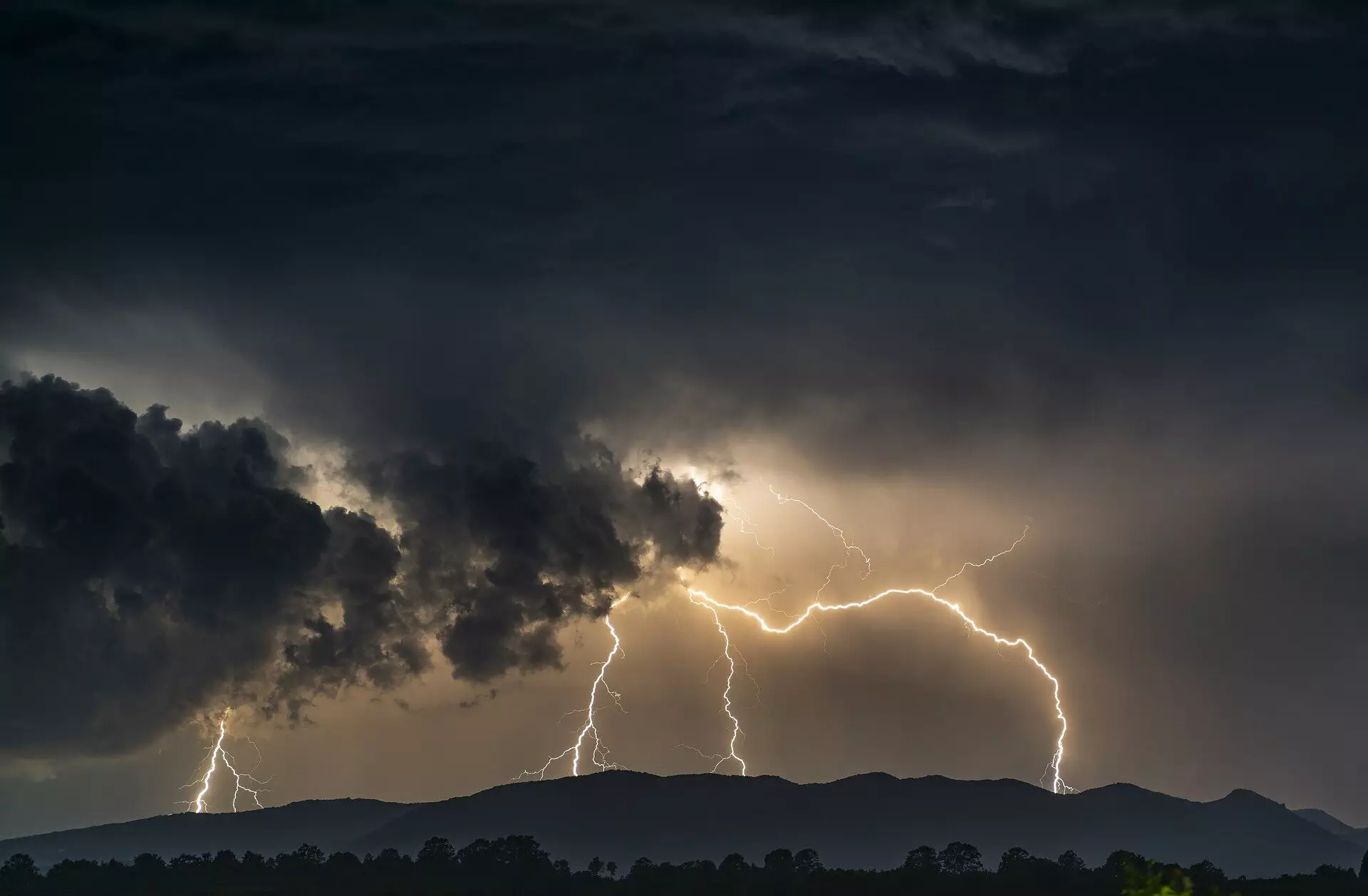For over thirty years, California has been wrestling with the dire consequences of post-wildfire erosion, a process that carries significant implications for natural ecosystems and human communities alike. Researchers highlight that this issue isn’t merely a byproduct of nature but an escalating crisis closely tied to climate change. A striking study conducted by the U.S. Geological Survey (USGS) reveals a staggering tenfold increase in erosion on hillsides after wildfires from the late 1980s to the 2010s. This trend primarily affects Northern California, where the most severe erosion incidents have occurred recently.
Erosion in the aftermath of large wildfires presents several hazards. As the charred hillsides become susceptible to heavy rains, they can dislodge significant soil and debris, leading to dangerous flows that can overwhelm rivers and streams. Not only does this wreak havoc on aquatic ecosystems, depriving fish of essential oxygen, but it also contributes to sediment buildup in reservoirs, which poses a threat to water management systems and increases the risk of flash flooding in vulnerable areas.
The data gathered by the USGS indicates a troubling pattern: since 1984, post-wildfire erosion has accelerated dramatically across the state. According to Helen Dow, a leading researcher on the study, the increase in sediment yield illustrates a worrying progression—each decade has witnessed a marked rise in the amount of soil erosion. With more substantial fires reported recently—those covering over 25,000 acres—the implications for California’s water resources are becoming increasingly alarming.
In addressing this problem, Glen Martin from the California Water Impact Network emphasizes that while the research outcomes might not be surprising, their quantification serves an essential purpose: illustrating the extent of the danger facing the state’s water systems. The cycles of wildfires, subsequent erosion, and flooding create an “unvirtuous cycle” that has significant ramifications for the integrity of water supplies, fisheries, and more broadly, community safety.
Climate change emerges as a critical driver behind the intensifying wildfire patterns in California, leading to both more severe fires and increasingly extreme weather conditions. The phenomenon of “weather whiplash,” characterized by abrupt shifts between intense droughts and heavy rainfall, compounds the challenges faced by ecosystems already under stress. The USGS study underscores a pressing reality: as climate change continues to alter weather patterns, the frequency and impact of post-fire erosive events are likely to worsen.
Moreover, the study highlights concerning statistics—an estimated 57% of post-fire erosion originates upstream of reservoirs, pointing to significant risks for California’s water security. As sediment accumulates, it reduces the reservoirs’ capacities and compromises water quality—a dire consequence in a state already grappling with numerous water management issues.
The implications of accelerating post-fire erosion necessitate a collective response rooted in enhanced land management and conservation practices. According to experts, effective fuel management on both public and private lands could mitigate severe fire outcomes. This could involve controlled burns or mechanical thinning strategies, aimed at preventing landscapes from becoming barren post-fire, and preserving water and biodiversity.
Dow emphasizes that recognition of the problem’s magnitude is an essential step toward addressing it. By gathering more data on how post-fire erosion is evolving, both state and federal agencies can develop better-equipped strategies for improving forest management practices and curbing the erosion crisis. However, Martin warns that progress will require financial investment and a strong public will, underscoring the complexity of mobilizing community efforts around such issues.
California’s recent history of catastrophic wildfires serves as a stark reminder of erosion’s human and ecological toll. Events such as the 2018 Thomas fire and subsequent mudslides in Montecito, which tragically led to the loss of lives and property, illustrate the urgency of addressing this issue. Additionally, serious ecological repercussions, such as the fish die-off in the Klamath River due to post-fire debris flows, highlight how erosion exerts pressure on natural habitats.
Even as California faces an array of pressing water and climate challenges, the erosion crisis calls for immediate and sustained efforts to develop effective responses. The dual approach of implementing better land conservation measures, alongside investing in resilience strategies, could help safeguard both California’s ecosystems and its human populations.
The increase in post-wildfire erosion is an urgent issue without easy solutions. It highlights the interconnectedness of climate impacts, ecological integrity, and human welfare—reminding us that proactive, collaborative strategies are essential for navigating the looming challenges ahead.


Leave a Reply